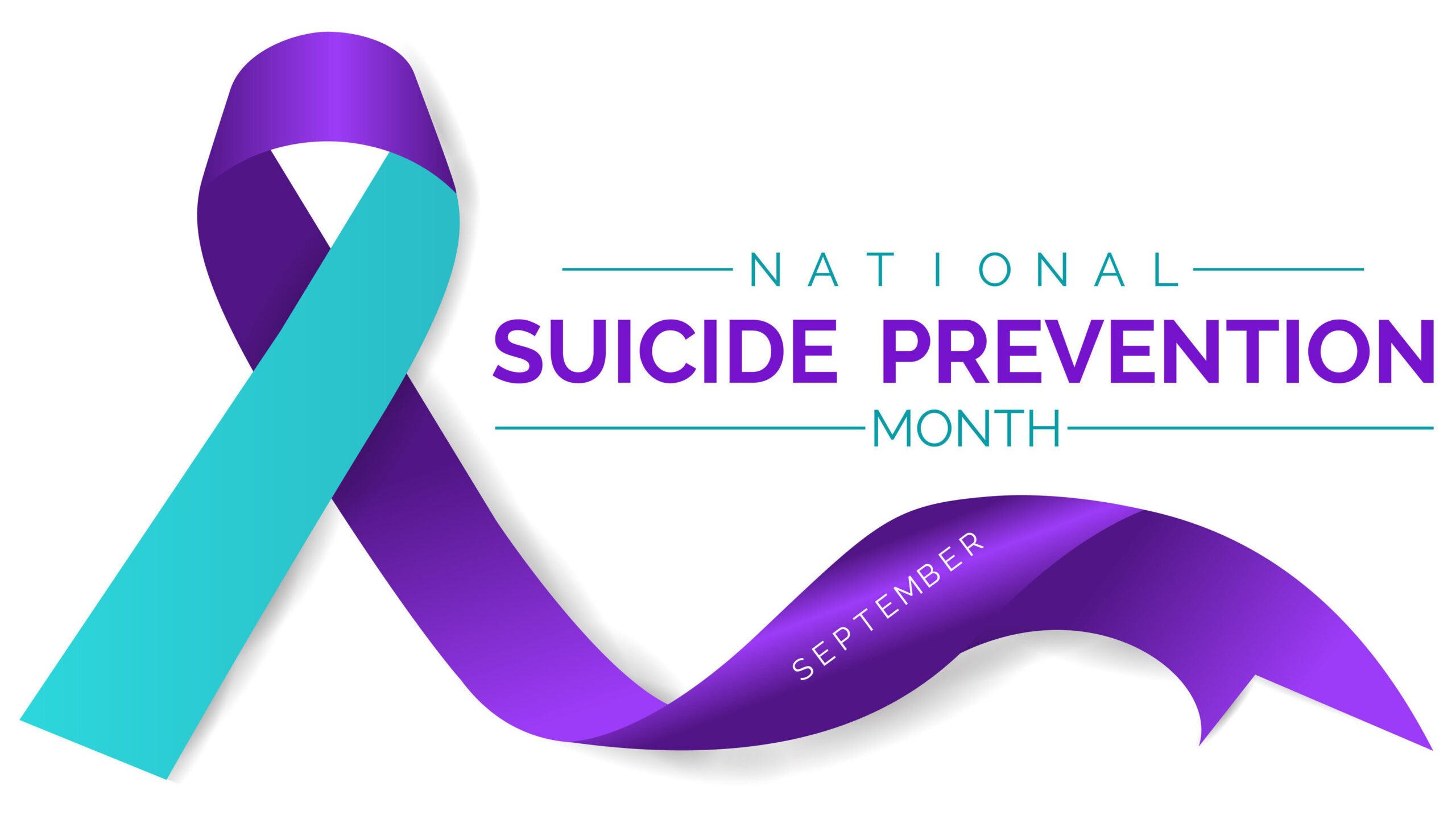Suicide Prevention Month: Changing the Narrative

September is National Suicide Prevention Awareness Month, a time to acknowledge the individuals, families and communities impacted by suicide — and to share vital information to shift public perception about the topic.

“There isn’t a face of suicide, something where we can look at someone and say, ‘You are or aren’t suicidal,'” says Liz Davison, Clinical Supervisor and Child & Family Therapist at Wellpoint Care Network.
“We need to normalize the fact that this is a thing that happens to so many people. It’s actually really strong to be able to say, ‘I’m struggling with this and I want some help.’”
WARning signs to look out for
We all have a role to play to help create healthy and strong individuals, families and communities. An important first step is knowing some common signs to watch for.
There are many reasons a person may be considering suicide. For some, it can be a lack of purpose — feeling like they have no reason to stay alive. For others, it can be a lack of caring connections — feeling like people won’t care if they’re gone. Substance abuse, depression and loss can also increase risk.
“We need to normalize the fact that this is a thing that happens to so many people. It’s actually really strong to be able to say, ‘I’m struggling with this and I want some help.’”
Liz Davison, Clinical Supervisor and Child & Family Therapist
One of the biggest warning signs can be a feeling of hopelessness or helplessness, a sense that life is never going to get any better, and that there’s nothing they can do to change it.
“That feeling of being stuck in a bad place feels really painful,” says Davison. “We work with a lot of teens who just broke up with their first boyfriend, who they’ve been dating for two months. As adults, we can have a clearer perspective on it, but in the moment, it is a huge loss for them, and can be that thing that pushes them over the edge.”
Another potential warning sign is seeing activities that look like saying goodbye: reaching out to people they haven’t seen in a while or gifting favorite possessions to loved ones.
Sometimes, a sudden change in behavior can serve as an indicator — and not always the way you might think.
“Something that can seems counterintuitive is when people suddenly seem all better, from really struggling to being bright and cheerful,” says Davison. “What that can mean is that they’ve made a plan to kill themselves, they’ve set a timeline. So now they actually do feel better, because only getting through a few more days maybe feels easier.”
Anyone can be stuggling
No matter how things look from the outside, it’s crucial to understand that anyone might be experiencing depression and suicidal thoughts at any given time.

“I’ve worked with children as young as four who are suicidal,” says Davison. “I’ve also worked with kids who are captain of the cheerleading squad, prom queen, dating the quarterback. It may have looked like their life was perfect, but they admitted to wanting to die.c
What’s important is for those who are struggling to know that it’s okay to share their thoughts and feelings with others.
“Probably most of us will at least at some point in our life be like, ‘would that be so bad?,’ even if we’re not quite all the way to actively suicidal,” says Davison. “If you have enough bad things happen, if your psychological distress crosses your threshold, you can want to die.
There is always hope
For people struggling with depression and suicidal thoughts, Davison emphasizes that there is always hope.
“I had a client who from ages 12 to 18 was probably an inpatient at least a dozen times,” recalls Davison. “Multiple suicide attempts. She is now 20, with two kids, a boyfriend, a job and was in school. She doesn’t want to die anymore. Other people have been hurting and struggling just like you. With the right support, you can get through it.”
Suicide Prevention resources
If you or someone you know is in danger, call 911 immediately. If it is not an emergency, below is a list of useful resources.
- Wellpoint Care Network: In-person and virtual outpatient mental health services
- 988 Suicide & Crisis Hotline: Now available 24/7 across the United States
- The Trevor Project: Specialized help and counseling for LGBTQ+ youth
- Crisis Text Line: Volunteer Crisis Counselors via text, chat and Whatsapp
- Additional Crisis Resources: For support with abuse, recovery and more








